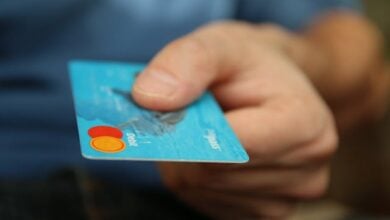To consumers, shopping is an art of persuasion.
Although many factors, including personal taste, come into play when consumers are making a purchase decision, a lot is determined by your web design. If you’ve been downplaying the role your site’s design plays in influencing consumer behavior, take a look at these stats.
- 94% of first impressions are design-related
- 75% of website credibility comes from web design
- 74% of consumers are more likely to return to mobile-friendly websites
- 89% of consumers switch to the competition after a poor user experience
That said, a good web design is one of the most influential tools in a marketer’s repertoire. Even the best content is rendered useless if embedded in poor design. But exactly what aspects of web design affect consumer behavior? Let’s dive in.
1. Theme Color
Studies show that 93% of consumers rely on visual cues when looking for new products, color being the strongest and most persuasive cue.
Color influences consumer behavior in different ways. From impulse buying to establishing trust, the color you choose for your store can have a significant impact on your bottom line.
Marketers who understand the psychology of colors and how it influences buyer behavior can use that knowledge to their advantage through the strategic use of colors that influence consumers to buy. For example, black, royal blue, and hues of orange attract impulse buyers.
2. Ease of Use
This is a no brainer. If your website is cluttered, it will be difficult for consumers to navigate or even find the products they want.
It’s extremely important to ensure that your site’s navigation and sales funnel is as simple as possible so that even the least tech-savvy visitors can find your products and complete purchase with ease. One way to achieve this is by use of website builders that are optimized for usability.
Take real estate website builders, for example. The leading platforms offer both landing pages and IDX integrations that make it easy for buyers to browse properties and opt-in. Plus, you’ll be able to design a website that is optimized for organic search, user experience, and conversions.
3. Loading Speed
3 seconds!
That’s the time it takes for customers to determine whether to stay on your website or not. Kissmetrics analytics show that 40% of consumers will abandon a website that takes more than 3 seconds to load.
In this digital age, time is precious. No one will stick to a website that takes ages to load or keeps displaying the 404 (page not found) errors.
On the design front, your images are the biggest culprit. Sites that use too many images or have images that are too large tend to load slowly. Web pages that load fast have low bounce rates and better conversions.
4. Multi-Platform
In an age where the majority of searches are done via mobile, having a responsive web design might just be the best strategy for your ecommerce store.
Today, more than 45% of consumers who shop online complete their purchases via mobile. And the number is growing. CBRE predictions show that mobile commerce will account for 53% of all e-commerce sales by 2021.
What do these statistics tell us?
Responsive web design is key to surviving in an era where internet usage on mobile devices exceeds desktop. If consumers are having a hard time navigating or completing a purchase from your site via mobile, they will no doubt switch to the competition.




